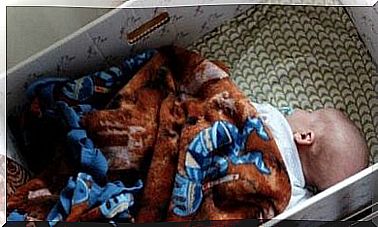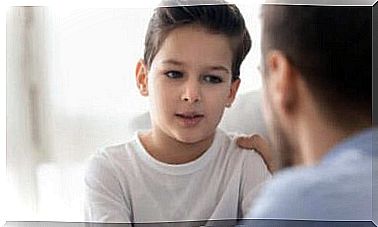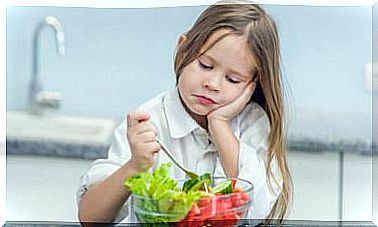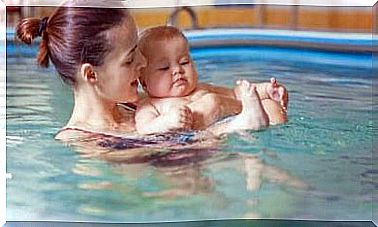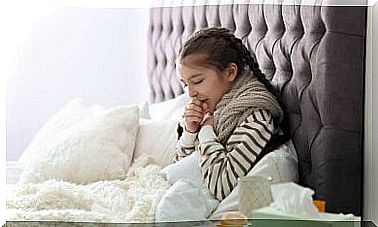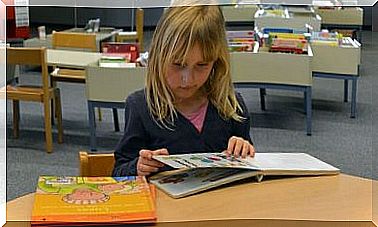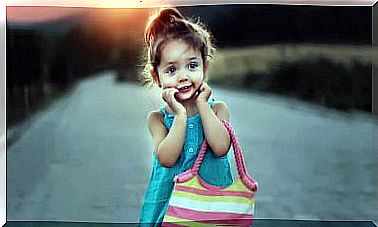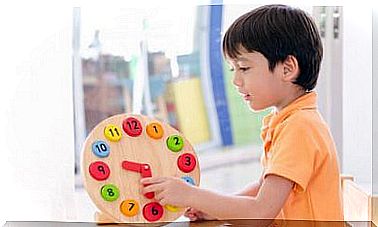UNICEF Actions To Protect Children – I’m A Mom
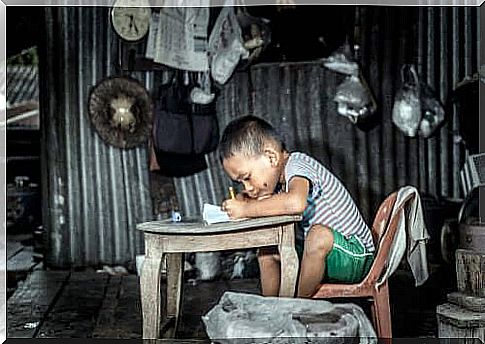
The United Nations Children’s Fund (UNICEF) began its work in 1946. It was born as an organization whose mission was to provide relief to children who suffered the aftereffects of World War II. However, in a short time, the mission was expanded and today UNICEF works in 57 countries around the world, including developed countries.
The priority work of this entity is to guarantee the fulfillment of fundamental rights and the protection of children. Children’s rights were defined in the Convention on the Rights of the Child, a document that constitutes the fundamental basis for all actions that the United Nations (UN) undertakes in favor of children.
Below, we will see some elements to better understand the actions that UNICEF takes to protect children and children’s rights.
The Convention on the Rights of the Child
This treaty is, without a doubt, the one with the most consensus in all of history. It includes provisions on the rights and civil liberties of children. Among the provisions, there are guidelines that refer to the family environment, health, education, recreation and culture, in addition to some fundamental measures for the protection of children.

The guiding principles of the Convention are non-discrimination, the best interests of the child, the right to life, survival and development, and the right to participate. The treaty is divided into three types of rights: the right to survival and development, the right to protection and the right to participation.
All actions taken by UNICEF to protect children follow the values and principles set out in this treaty. Furthermore, they are also based on their own experience and the research that has been carried out on the factors that contribute to children starting their lives in the best possible way, surviving and developing properly.
UNICEF Actions for Child Survival and Development
The survival and development of children is one of UNICEF’s most important lines of action in its work to protect minors. In this sense, the organization joins the Millennium Development Goals 4 and 6, which are the reduction of infant mortality and the fight against malaria.
To achieve these goals, one of UNICEF’s main goals is that children of an early age receive adequate medical care, even from before they are born. Health protection must be comprehensive.
In order to meet this goal and protect children, UNICEF encourages and provides technical and financial support to various national and community programs. This help is focused on education and intervention programs that are focused on health and nutrition, among other very important aspects.
Priority is given to immunization programmes, preventing diseases such as malaria or anemia, and fighting diseases such as diarrhea or respiratory diseases. In addition, programs that include care for pregnant women, childbirth care and postnatal care are also priorities.
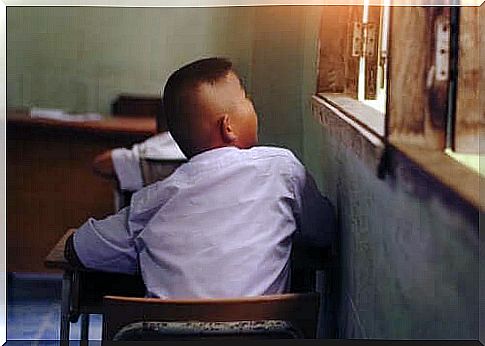
Basic education and gender equality
Within the actions that UNICEF has taken to protect children, education has a very important place. In this way, the organization works together with the governments of the countries and with other organizations of the United Nations. It is, therefore, about promoting and designating funds for activities related to universal basic education and gender equality.
Priority is given to excluded children and those who are part of vulnerable or disadvantaged groups. UNICEF supports all actions that contribute to improving the education of these children. In this sense, this includes all health and educational initiatives aimed at improving the developmental capacity of children who are starting school.
Another fundamental axis of UNICEF’s actions for the protection of children is gender equality. Work in this direction is aimed at fostering and supporting local programs and promoting equal rights for boys and girls. It is, therefore, about reducing both gender discrimination and other similar inequalities.
